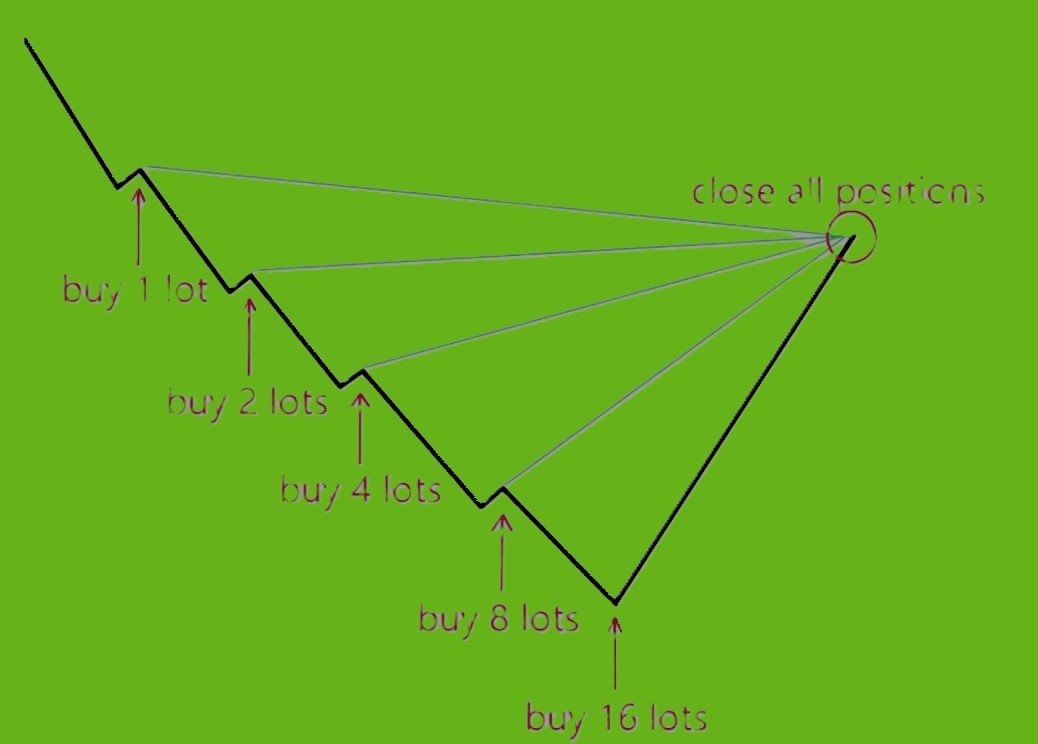RSI Code
Pine Script version 5 strategy for TradingView with relative strength index (RSI) trading strategy is given in the first code. It is a chart overlay to help traders interpret market data and make better trade judgments by giving signals for entering a long position using RSI.
//@version=5
strategy("Normal RSI Strategy", overlay=true, initial_capital=100000, default_qty_type=strategy.percent_of_equity, default_qty_value=2)
// Inputs for strategy parameters
rsiLength = input.int(14, title="RSI Length")
rsiOverbought = input.int(70, title="RSI Overbought Level", minval=50, maxval=100)
rsiOversold = input.int(30, title="RSI Oversold Level", minval=0, maxval=50)
// Calculate the RSI
rsiVal = ta.rsi(close, rsiLength)
// Define the entry and exit conditions
enterLong = ta.crossover(rsiVal, rsiOversold)
exitLong = ta.crossunder(rsiVal, rsiOverbought)
// Execute the strategy
if (enterLong)
strategy.entry("Buy", strategy.long)
if (exitLong)
strategy.close("Buy")
// Plot RSI on the chart for visual reference
plot(rsiVal, "RSI", color=color.blue)
hline(rsiOverbought, "Overbought", color=color.red)
hline(rsiOversold, "Oversold", color=color.green)
// Plotting entry and exit points for clarity
bgcolor(enterLong ? color.new(color.green, 90) : na)
bgcolor(exitLong ? color.new(color.red, 90) : na)
RSI + Martingale Code
Now this code outlines a Martingale-enhanced RSI (Relative Strength Index) trading strategy using Pine Script v5. This strategy is designed for the TradingView platform, employing a Martingale betting system to adjust position sizes based on previous trade outcomes.
Martingale Position Sizing:
- The code implements a Martingale strategy for position sizing, where the position size is doubled after each loss until a winning trade occurs or the maximum number of consecutive losses is reached.
qtyToTrade: Variable to store the quantity of the asset to trade.consecutiveLosses: Tracks the number of consecutive losing trades.lastTradeProfit: A boolean flag indicating if the last trade was profitable.
//@version=5
strategy("Martingale Enhanced RSI Strategy", overlay=true)
// Define the parameters
rsiSource = close
rsiLength = 14
riskPerTrade = 0.02
accountBalance = 1000000
rsiOverbought = 70
rsiOversold = 30
maxConsecutiveLosses = 4
// Calculate the RSI
rsiVal = ta.rsi(rsiSource, rsiLength)
// Define the entry and exit conditions
enterLong = ta.crossover(rsiVal, rsiOversold)
exitLong = ta.crossunder(rsiVal, rsiOverbought)
// Martingale position sizing
var float qtyToTrade = 0
var int consecutiveLosses = 0
var bool lastTradeProfit = true
if (enterLong)
if (lastTradeProfit)
qtyToTrade := math.floor(accountBalance * riskPerTrade / (high - low))
consecutiveLosses := 0
else
if (consecutiveLosses < maxConsecutiveLosses)
qtyToTrade := qtyToTrade * 2 // Double the position size after each loss
else
qtyToTrade := math.floor(accountBalance * riskPerTrade)
consecutiveLosses := consecutiveLosses + 1
strategy.entry("Buy", strategy.long, qty=qtyToTrade)
if (exitLong)
strategy.close("Buy")
lastTradeProfit := false
// Reset position sizing after a winning trade
if (strategy.closedtrades > 0)
lastTradeProfit := true
consecutiveLosses := 0
qtyToTrade := math.floor(accountBalance * riskPerTrade)
// Plot RSI on the chart
plot(rsiVal, "RSI", color=color.blue)
hline(rsiOverbought, "Overbought", color=color.red)
hline(rsiOversold, "Oversold", color=color.green)

Bollinger Bands + Martingale
Next up we’ll take a bollinger band strategy and apply martingale position sizing.
Martingale Position Sizing Logic
- A variable to track the percentage of equity risked (
martingaleRisk) is adjusted daily. If the trade loses, the risk percentage for the next trade is doubled, adhering to the Martingale principle. - The risk is capped at 50% to prevent excessive exposure, a critical safeguard to mitigate the risk of significant drawdowns.
//@version=5
strategy("Bollinger Bands Martingale Strategy - Corrected", overlay=true, initial_capital=100000)
// Inputs for strategy parameters
length = input.int(20, title="Length")
mult = input.float(2.0, title="Multiplier")
initialRisk = input.float(2, title="Initial Risk Percentage", minval=0.1, maxval=10)
// Bollinger Bands calculation
basis = ta.sma(close, length)
dev = mult * ta.stdev(close, length)
upper = basis + dev
lower = basis - dev
// Plot Bollinger Bands
plot(basis, "Basis", color=color.blue)
plot(upper, "Upper Band", color=color.red)
plot(lower, "Lower Band", color=color.green)
// Martingale position sizing variables
var float martingaleRisk = initialRisk
var int lastTradeDay = na
// Reset martingaleRisk at the beginning of each day
if (dayofmonth != lastTradeDay)
martingaleRisk := initialRisk
lastTradeDay := dayofmonth
// Entry conditions
enterLong = ta.crossover(close, lower)
enterShort = ta.crossunder(close, upper)
// Exit conditions
exitLong = ta.crossover(close, basis)
exitShort = ta.crossunder(close, basis)
// Strategy execution with martingale position sizing logic
if (enterLong)
strategy.entry("Long", strategy.long, qty=strategy.equity * martingaleRisk / 100 / close)
martingaleRisk := martingaleRisk * 2 // Increase risk for next trade
if (enterShort)
strategy.entry("Short", strategy.short, qty=strategy.equity * martingaleRisk / 100 / close)
martingaleRisk := martingaleRisk * 2 // Increase risk for next trade
if (exitLong)
strategy.close("Long")
if (exitShort)
strategy.close("Short")
// Cap the martingaleRisk to prevent excessive exposure
martingaleRisk := math.min(martingaleRisk, 50)



Leave a Reply